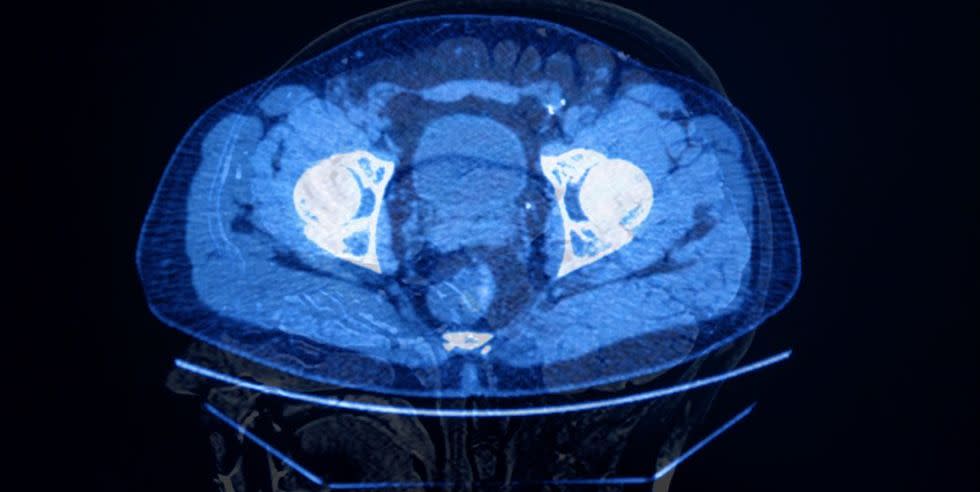There's a 'Second Brain' in Your Gut That Has at Least a Dozen Kinds of Neurons

"Hearst Magazines and Yahoo may earn commission or revenue on some items through the links below."
New research reveals that the "second brain" in your gut has at least a dozen kinds of neurons.
Scientists studied fetal and newborn mice to see when and how these neurons separate.
The "gut brain" is linked with emotional health and stress, but isn't well understood.
Scientists have known for years that there’s a “second brain” of autonomous neurons in your long, winding human digestive tract—but that's about where their knowledge of the so-called abdominal brain ends.
Now, in new research, scientists have catalogued 12 different kinds of neurons in the enteric nervous system (ENS) of mice. This “fundamental knowledge” unlocks a huge number of paths to new experiments and findings.
Dive deeper. ➡ Get unlimited access to the weird world of Pop Mech .
The gut brain greatly affects on how you body works. Your digestive system has a daily job to do as part of your metabolism, but it’s also subject to fluctuations in functionality, and otherwise related to your emotions.
Digestive symptoms and anxiety can be comorbid, and your gut is heavily affected by stress. So scientists believe having a better understanding of what happens in your ENS could lead to better medicines and treatments for a variety of conditions, as well as improved knowledge of the connection between the ENS and central nervous system.
The new research appears in Nature Neuroscience. In a related commentary, scientist Julia Ganz explains what the researchers found and why it’s so important:
“Using single-cell RNA-sequencing to profile the developing and juvenile ENS, the authors discovered a conceptually new model of neuronal diversification in the ENS and establish a new molecular taxonomy of enteric neurons based on a plethora of molecular markers.”
Neuronal diversification happens in, well, all the organisms that have neurons. Similar to stem cells, neurons develop first as more generic “blanks” and then into functional specialties. The human brain has types like sensory and motor neurons, each of which has subtypes. There are so many subtypes, in fact, that scientists aren’t sure how to even fully catalog them yet.
Neurons of the same superficial type are different in the brain versus the brain stem—let alone in the digestive tract. So researchers had to start at the very beginning and trace how these neurons develop. They tracked RNA, which determines how DNA is expressed in the cells made by your body, to follow how neurons formed both before and after birth. Some specialties emerge in utero, and some split and form afterward.
To find this new information, the scientists developed a finer way to separate and identify cells. Ganz explains:
“Using extensive co-staining with established markers, they were able to relate the twelve neuron classes to previously discovered molecular characteristics of functional enteric neuron types, thus classifying the ENCs into excitatory and inhibitory motor neurons, interneurons, and intrinsic primary afferent neurons.”
With a sharper protocol and new information, the researchers were able to confirm and expand on the existing body of ENS neuron knowledge. And now they can work on finding out what each of the 12 ENS neuron types is responsible for, they say.
By isolating different kinds and “switching” them on or off using genetic information, scientists can try to identify what’s missing from the function of the mouse ENS. And studying these genes could lead to new treatments that use stem cells or RNA to control the expression of harmful genes.
You Might Also Like

